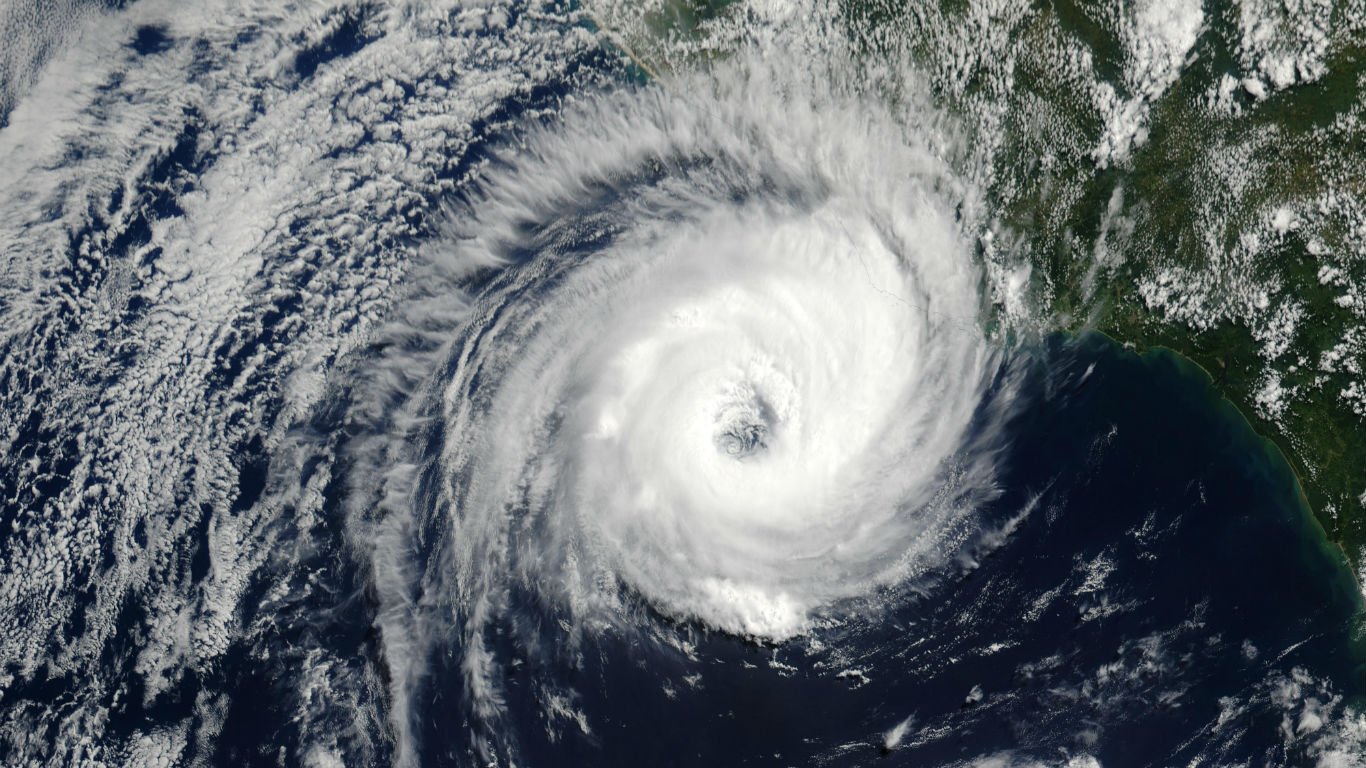
11. South Atlantic hurricanes
Tropical storms are incredibly rare below the equator in the South Atlantic. Only one South Atlantic hurricane has ever been recorded: Hurricane Catarina, which hit Brazil in 2004. The infrequency of storms in the South Atlantic can be attributed to both cool ocean surface temperatures and strong wind shears.
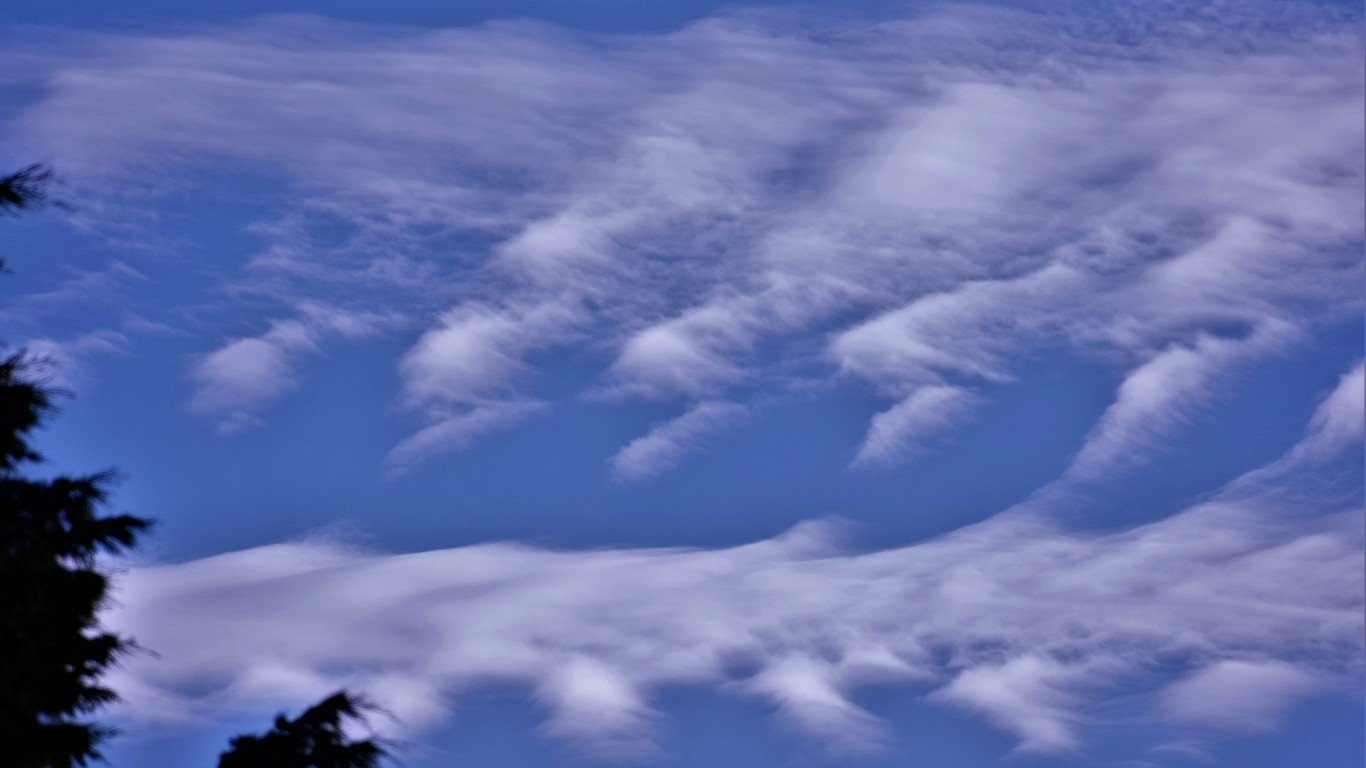
12. Kelvin-Helmholtz clouds
Resembling a series of rolling ocean waves, Kelvin-Helmholtz clouds often form when two adjacent layers of atmospheric air are moving at different speeds. Their presence may indicate atmospheric instability and turbulence for aircraft. They may also have been the inspiration behind Van Gogh’s famous painting Starry Night.
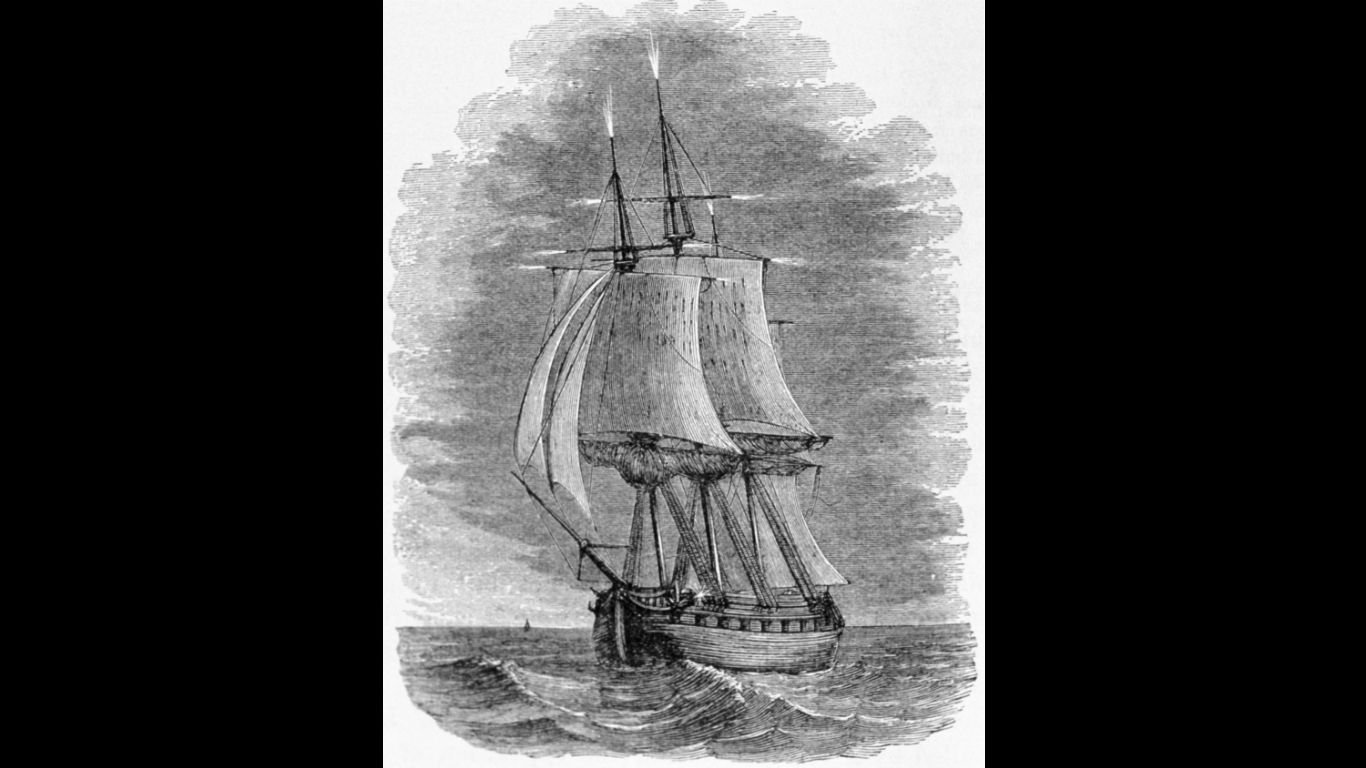
13. St. Elmo’s fire
Most often occurring during thunderstorms at sea, St. Elmo’s Fire is a burst of plasma, or ionized air that glows blue and can cause tall structures such as ships masts or church steeples to appear to be on fire. It occurs when an imbalance in electrical charge causes molecules to rip apart.
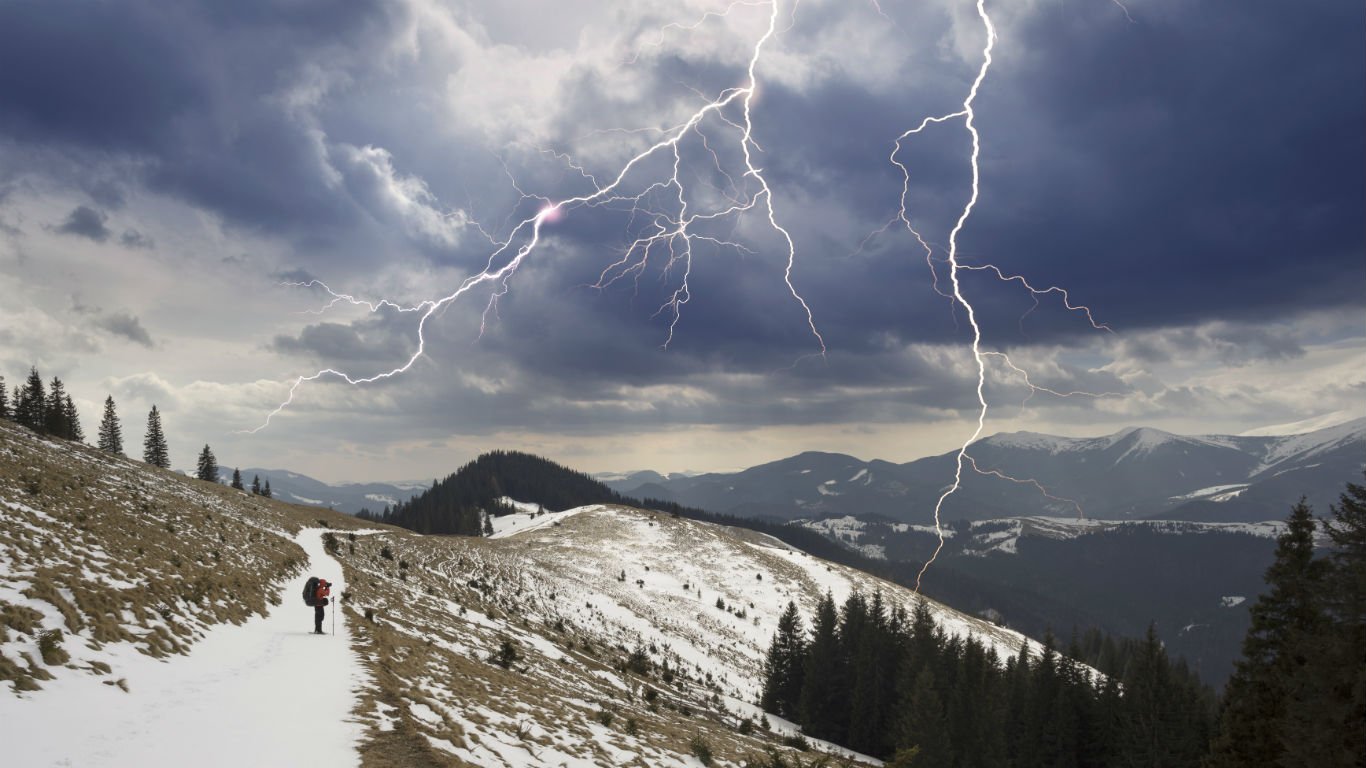
14. Thundersleet
Thundersleet happens when a thunderstorm occurs simultaneously with a sleet storm. Like thundersnow, this phenomenon is extremely rare and occurs when the friction created by strong up and downdrafts causes charged particles to collide within a cloud.
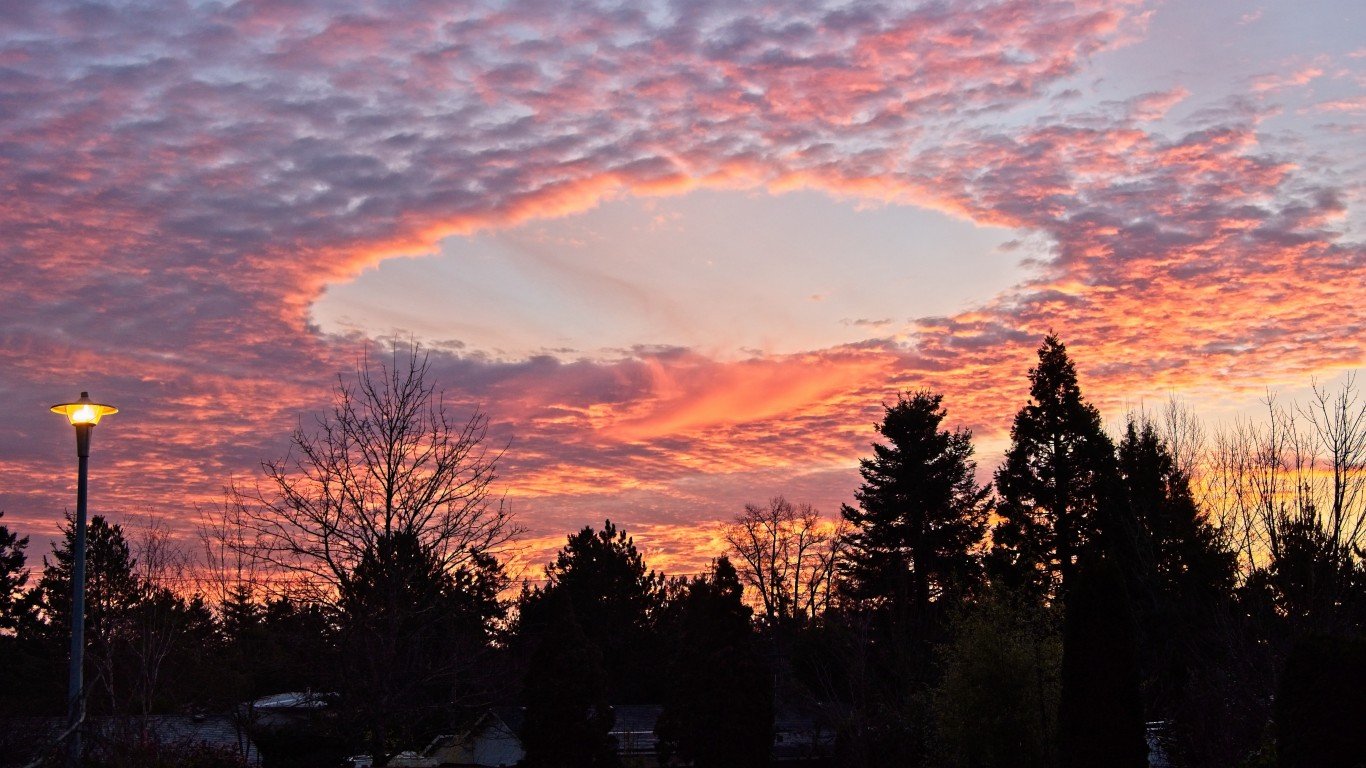
15. Fallstreak holes
These picturesque elliptical holes that can appear in cirrocumulus or altocumulus clouds are caused by tiny water droplets within the cloud that are colder than freezing but have yet to turn to ice. Once a triggering event such as a plane flying through the clouds causes the supercooled droplets to start freezing, they rapidly crystalize and fall, leaving a hole in the cloud layer.

 24/7 Tempo
24/7 Tempo




